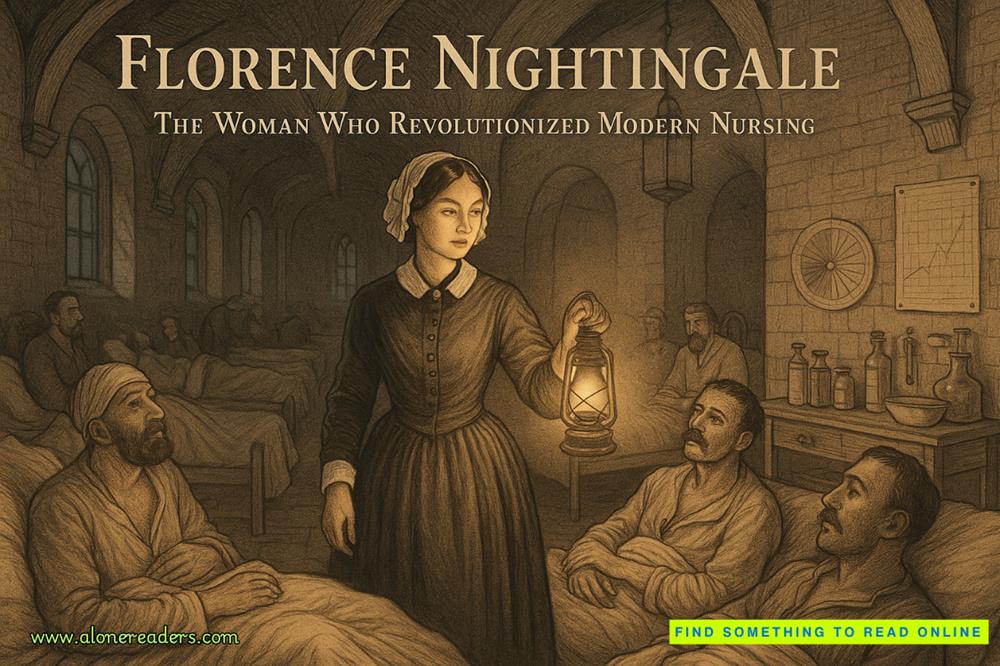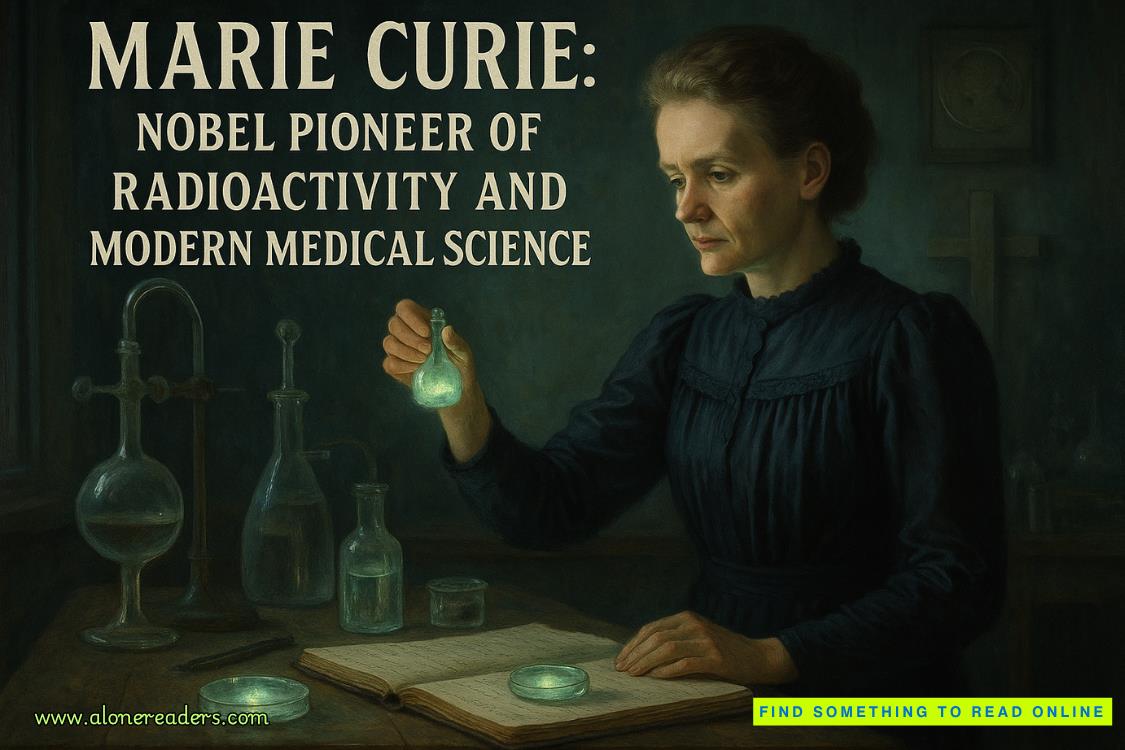Page 1 of So Bleak
PROLOGUE
There were seven staff members visible in the packed restaurant when Harold walked inside: four servers, a hostess, and two chefs. All of them shouted, "Irasshaimase!” when he stepped inside.
They didn’t know him. Nobody did, really. That was part of his schtick. All of his promotional stills cleverly hid his face. Even his author pictures on the books hid his face. Roast rack of pork. Pheasant under glass. Coq au vin. Any of those could be held in the perfect spot to keep the picture from showing his face.
The point of all that was that the staff didn’t know he was Harold Grimes, restaurant reviewer. Maintaining his anonymity was critical if he was going to provide honest reviews. He didn’t want to risk a restaurant knowing who he was and elevating their quality and level of service for his sake.
The greeting was a good start. So simple, yet so critical to the dining experience. And yet so many restaurants failed to instruct their employees in this effortless but crucial step.
Harold didn’t often review restaurants that were as trendy as this one. The problem with trendy restaurants was that you were certain to offend someone if you exposed the food as subpar. Generation Z seemed to care far more about a restaurant’s Instagram-worthiness and virtue signaling than the food. Harold wanted nothing to do with that.
But the City Watch editor wanted this one. Harold was freelance, of course, but he had a regular column in City Watch. He could refuse, but you didn’t succeed in the journalism business by turning down assignments. Especially when food and lifestyle editors didn’t give a rat’s ass about the food itself.
He sighed. That was what he hoped to change, at least in some small way. He wanted people to care about the food. That was the whole point, right?
A very attractive young Japanese woman walked up to him to guide him to a seat. Harold would bet dollars to donuts she’d never been to Japan. She was too bubbly and silly, without the demure formality of a traditional Japanese restaurant. She probably grew up in some upper-middle-class suburb on the East Coast and thought that Japanese people acted like the stupid cartoon characters the anime industry created for American teenagers. The pretense detracted somewhat from the good first impression the traditional greeting provided.
She handed him the checklist typically used to place orders at sushi bars, then disappeared without asking if he’d like something to drink. Another mark against the place. Oh well. First impressions were usually too good to be true.
He checked all of the standards: toro, uni, tamago, ebi, an assortment of maki and the special of the day. The girl returned with edamame, tea, and water, and he lifted his eyebrows in approval. At the same time, he scolded himself silently. He was expecting the service of an American restaurant and had completely forgotten about the traditional Japanese table service.
He thanked the server and ordered a Japanese beer and sake, then handed her the checklist. The waitress seemed confused, of course. He'd ordered far more than any one man could eat. It was possible that he’d outed himself as a reviewer, but that couldn’t be helped. He needed to sample the menu in order to review it.
He sipped the tea and carefully swirled it in his mouth. A good cup of Japanese tea hada balance of flavors ranging from umami to sweetness with low astringency. In America, it seemed nobody ever made it right. This tea was as good or even better than the tea he was served at the ANA Hotel in Tokyo. Maybe this restaurant deserved a chance.
He tried some of the edamame and was pleased that the beans retained an al dente texture. He couldn’t understand why so many places insisted on cooking their edamame until it was little more than mush.
Texture. That was so critical to food, yet so often forgotten. It was an automatic point in a restaurant’s favor when they remembered that food was meant to be more than flavored paste.
He took another bite, then his throat closed. At first, he thought he had swallowed a bean the wrong way, but when he coughed to try to dislodge it, he couldn’t expel the air. He breathed in reflexively, but he couldn’t inhale either.
He wasn’t choking. He was suffocating. His throat had closed completely. An allergic reaction. But he wasn’t allergic to anything, and he’d drunk tea and eaten edamame hundreds of times before.
Panic set in. He leapt to his feet and tried to call for help, but of course, no sound came out. As his vision began to constrict, he ran from table to table, flailing his arms and clutching his throat, hoping someone would understand and help him.
One helpful man tried to give him the Heimlich. Harold tried to tell him he wasn’t choking, that his throat had closed, and the Heimlich wouldn’t help.
But he couldn’t get the words out. He could only gasp silently and claw at the air as his vision finally faded to black.
CHAPTER ONE
“Good evening, I’m Tyler Hudson, and you’re watching Crime Bites, the show where we pull back the veil over the world of crime and reveal what evil lurks in the shadows. Today, well… I think we all know what case we’re talking about today.”
"No, please, Tyler," Faith said drily. "Tell us."
“On July 21, 1988, jury selection for the Night Stalker case began and some say what we’re seeing in the West trial is eerily similar. We have a great friend to the show, Benjamin Trainor, legal historian, with us today. Bennie, welcome.”
“Thanks for having me.”
Turk put his head on FBI Special Agent Faith Bold’s lap and looked up at her. She ruffled the big German Shepherd’s fur and grumbled, “I know. But I’m not going to turn it off, so deal with it.”
Trainor, the latest in a long line of vapid talking heads Tyler Hudson had chosen for his show, began to offer his typically bullshit opinion of something he knew far less about than he thought he did. “A lot of the talk is just a lack of knowledge. Certainly, it will take a lot of work to seat a jury but most people forget that when the jury selection started with Richard Ramirez, jury selection was also starting for Randy Kraft.”
“Randy Kraft? I’m not familiar.”
“He was known as the Freeway Killer,” Trainor explained. “Some called him the Southern California Strangler or the Scorecard Killer. He was a far more prolific killer than Ramirez. Ramirez is credibly connected to fourteen murders and was convicted in one. Kraft may have killed as many as sixty-seven.”
“So the point is there were two very significant serial killer trials going on at the very same time in a small geographical area. Los Angeles County and Orange County in Southern California. They were expected to interview more than two thousand potential jurors just to seat the jury—they ended up with sixteen hundred interviews."















